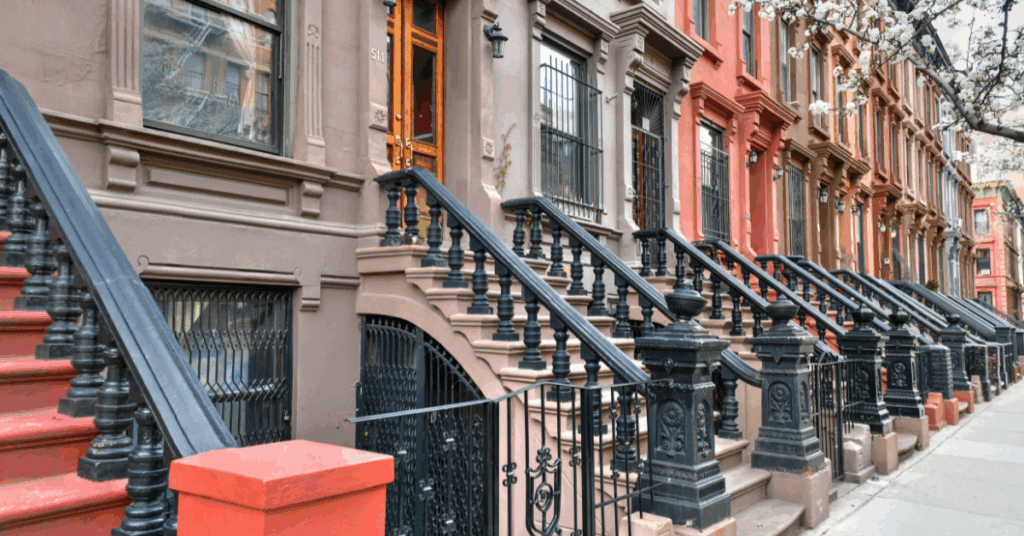Get Expert Financing
- Matched with investor-friendly lenders
- Fast pre-approvals-no W2s required
- Financing options fro rentals, BRRRR, STRs
- Scale your portfolio with confidence
When you’re planning your financial future, few decisions are more pivotal than choosing between building an emergency fund or saving for a down payment on a home. Both are cornerstones of long-term financial security—but how do you decide which should take priority? This guide breaks down the key differences, benefits, and strategies to help you make a confident, informed choice.
An emergency fund is a cash reserve set aside for unexpected expenses, such as:
Without an emergency fund, you may be forced to rely on high-interest credit cards or personal loans in a crisis. Financial experts generally recommend saving three to six months’ worth of living expenses in a liquid, accessible account.
Ready to create your first emergency fund? Learn how to set up a high-yield savings account and start saving smarter today.
A down payment is the initial upfront portion you pay when purchasing a home, typically expressed as a percentage of the total property price (often 3–20%). It directly impacts your:
A larger down payment often leads to better loan conditions and can reduce overall interest paid over the life of the loan.
If you don’t have an emergency fund, building one should take priority. Why?
Ask yourself:
If the answer to these questions is no, pause on the down payment and build your emergency reserve first.
Once your emergency fund is in place, shift your focus toward your homeownership goals. This is where long-term savings strategies and smart budgeting come into play.
Download our free Home Buying Budget Planner to track your down payment goals and stay on target.
Yes—but only if you’ve reached at least a basic emergency fund milestone (e.g., $1,000–$2,000).
Try our automated savings calculator to build dual savings plans effortlessly. Get started now
Skipping an emergency fund to fast-track a home purchase can leave you exposed:
| Scenario | Risk Without Emergency Fund |
| Sudden job loss | Defaulting on mortgage, damaged credit |
| Home repairs (HVAC, roof) | High-cost debt, financial stress |
| Medical emergencies | Depleting other savings or selling assets |
Aim for at least 3–6 months of essential expenses. If your job is unstable, save closer to six months.
It’s not advisable. Doing so compromises your financial safety net and could create long-term risk.
Try to save at least 20% of the home’s purchase price to avoid private mortgage insurance (PMI) and get better loan terms.
Prioritizing your emergency fund before diving into homeownership is not just a smart financial move—it’s essential for long-term peace of mind. By approaching both goals strategically and with the right tools, you’ll build a stronger financial foundation for your future.
Our advice is based on experience in the mortgage industry and we are dedicated to helping you achieve your goal of owning a home. We may receive compensation from partner banks when you view mortgage rates listed on our website.

